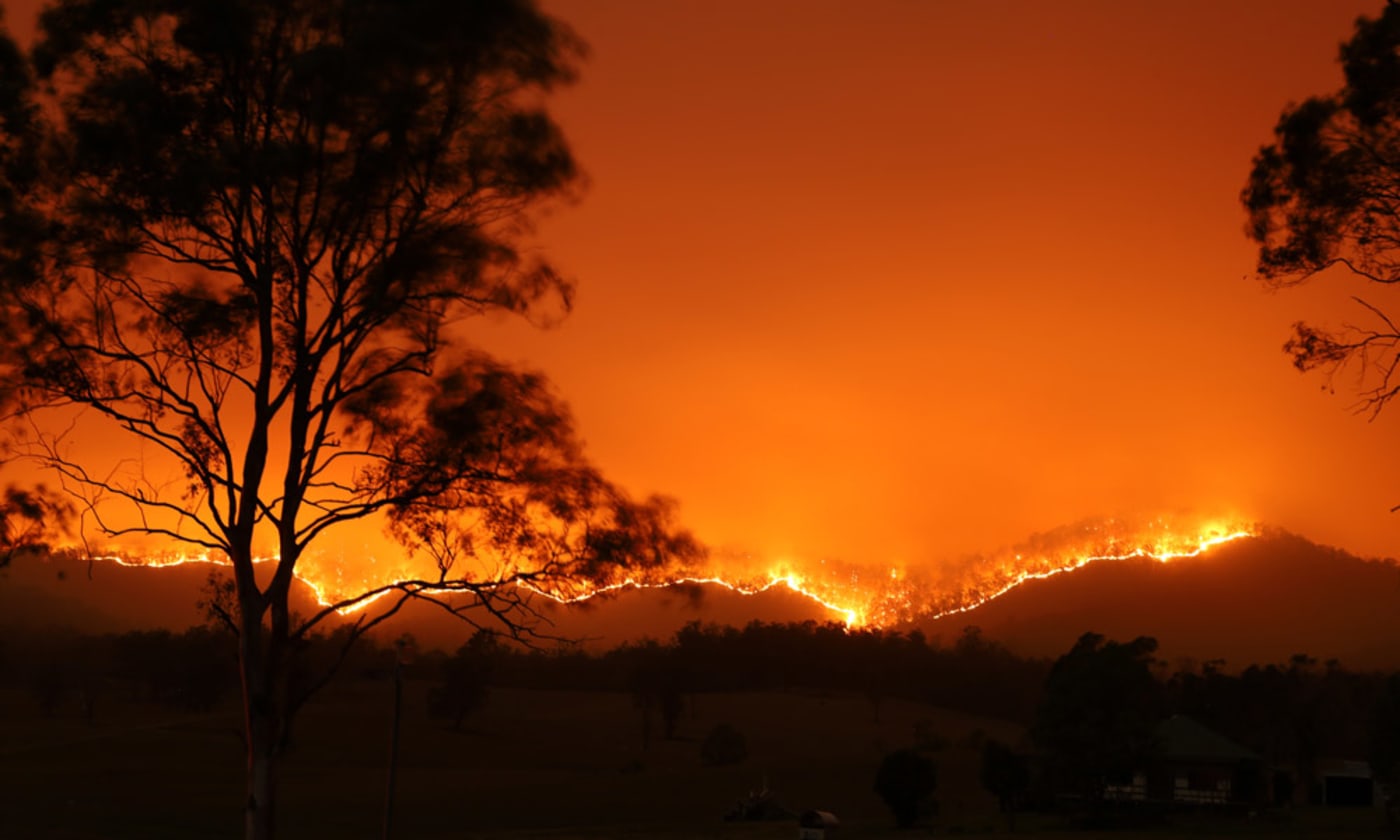Ensuring Shrub Fire Defense Through Correct BAL Report Analysis
In the world of bush fire defense, the precise evaluation of Bushfire Strike Level (BAL) reports stands as a foundation for safeguarding properties versus the terrible influence of wildfires. With ecological factors and residential or commercial property attributes playing significant duties in figuring out the degree of threat, a detailed understanding of BAL rankings becomes necessary. However, the genuine significance lies not simply in comprehending these records but in analyzing them efficiently to formulate customized fire security strategies. By diving right into the relevance of BAL record evaluation, we uncover a world where informed choices pave the path towards boosting property safety and durability in fire-prone regions.
Comprehending Bushfire Assault Degree (BAL)
In the realm of bushfire defense, understanding the Bushfire Strike Level (BAL) is extremely important for making sure effective reduction methods. BAL is a system utilized to determine the prospective risk a building might deal with from a bushfire. It considers elements such as the kind of greenery, the slope of the land, the Fire Risk Index, and the Fire Extent Index. Comprehending the BAL score of a property is crucial for home owners, policymakers, and home builders to carry out proper procedures to secure versus bushfire threats.

Relevance of BAL Report Analysis
A vital facet in bushfire protection preparation involves the detailed evaluation of BAL reports to analyze the possible threats and establish proper reduction approaches. BAL records offer critical information concerning the prospective effect of bushfires on a residential property based upon numerous variables such as vegetation type, distance to potential fire risks, and slope of the land. Evaluating these records with accuracy is critical in developing effective bushfire protection measures customized to the specific risk account of a residential property.
Applying Fire Security Procedures
Applying efficient fire defense measures is critical for safeguarding residential properties in bushfire-prone areas. One of the primary means to enhance fire security is by producing defensible space around structures. This entails clearing up flammable plants, such as dry leaves and branches, within a certain radius of the property. Additionally, mounting fireproof roof products can assist reduce the danger of embers sparking the roofing during a bushfire. Properly preserved seamless gutters and screens are additionally necessary to stop particles buildup that can fuel a fire.
Furthermore, having a well-kept and ample water supply, such as a container or swimming pool, can aid firemens in their initiatives to shield the home. BAL Report. In general, applying a combination of these fire defense measures can considerably enhance the chances of securing residential or commercial properties during bushfire occasions.
Mitigating Threats in Fire-Prone Locations
To fortify properties against bushfire dangers, a tactical emphasis on mitigating dangers in fire-prone locations is crucial. Mitigating dangers in fire-prone areas entails a thorough technique that incorporates different procedures to minimize the chance and influence of bushfires. One vital aspect of threat mitigation is keeping defensible area around buildings by removing flammable vegetation, making sure sufficient spacing in between trees and frameworks, and using fire-resistant landscaping practices. In addition, implementing ember-proofing procedures such as mounting metal mesh screens on home windows and covering roofing cavities can assist prevent coal assaults and reduce the risk of spot fires.
Furthermore, creating or retrofitting structures with fire-resistant products and making sure appropriate upkeep of roofs, gutters, and external cladding can dramatically improve the residential or commercial property's strength to bushfires. Exercising a bushfire and establishing emergency plan with all occupants, including evacuation treatments and interaction techniques, is likewise vital in mitigating risks successfully. By taking on an aggressive approach to run the risk of mitigation in fire-prone locations, residential property owners can better shield their assets and boost general bushfire preparedness.
Ensuring Residential Property Safety And Security and Strength
Making sure the safety and security and durability of properties in fire-prone locations calls for a steadfast dedication to durable preventive steps and critical preparation. Residential or commercial property security begins with carrying out effective steps to minimize fire threats. This includes maintaining a defensible area around the residential property by clearing flammable greenery, making certain correct upkeep of gutters and read the article roof coverings, and making use of fire-resistant building materials. Routine upkeep of firefighting tools, such as hoses and lawn sprinkler, is additionally vital to residential or commercial property strength.
Strength, on the other hand, includes the ability of a property to recoup and withstand from a bushfire. By proactively attending to these aspects, building owners can better shield their properties and loved ones from the hazard of bushfires.
Final Thought
In final thought, ensuring bushfire defense through appropriate BAL record analysis is crucial for understanding the level of threat posed by bushfires and executing required fire protection steps. By mitigating dangers in fire-prone areas and making certain property safety and strength, areas and individuals can better prepare for and react to bushfire events. It is critical to prioritize fire precaution More about the author to shield lives and building in these risky environments.
In the world of bush fire defense, the meticulous evaluation of Bushfire Strike Degree (BAL) records stands as a keystone for protecting residential properties against the disastrous influence of wildfires (BAL Report). Comprehending the BAL ranking of a residential or commercial property is crucial for building owners, policymakers, and contractors to apply appropriate actions to secure versus bushfire dangers

BAL records supply essential info about the possible effect of bushfires on a building based on numerous factors such as plant life kind, range to potential fire dangers, and incline of the land (BAL Report). On the view whole, implementing a combination of these fire security measures can dramatically raise the opportunities of protecting residential or commercial properties throughout bushfire events
Comments on “Specialist Insights: Why Every Property Owner Demands an Extensive BAL Report”